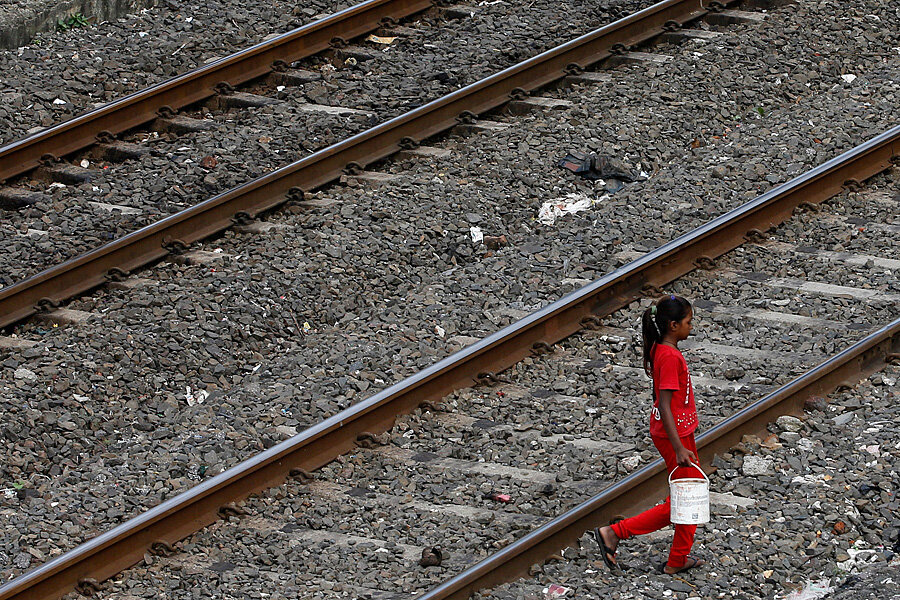UN report on world sanitation: How have challenges been addressed?
Loading...
The 25th edition of the United Nations’ (UN) and World Health Organization’s (WHO) joint report on the “Progress on Sanitation and Drinking Water” found that one-third of the world’s inhabitants still lack access to sanitation facilities. However, the number of people lacking sanitation and clean water has decreased since 2014.
The United Nations report, released Tuesday, indicates that the Millennium Development Goals for clean water were met in 2010, five years ahead of the projected goal of 2015. However, the sanitation goals for 2015 have not yet been met, said Jan Eliasson, the UN Deputy Secretary-General, in the report.
In sub-Saharan Africa, for example, 427 million people have gained access to clean water over the past 25 years. This indicates a growth rate of 47,000 people per day every day in the region on average, according to the report's press release.
In 2014 there were 7.2 billion people in the world, according to a report issued by the Population Reference Bureau. Today there are just over 7.32 billion, leading to a growth rate of about 1.7 percent. The population growth rate has fluctuated slightly, but it remains comparable to levels at the start of this report in 1990 when the growth rate was also at 1.7 percent.
India is one of the countries with the largest sanitation problem, as a result of its population size of 1.252 billion and long-held cultural practices. Indian Prime Minister Narendra Modi promised to eliminate open defecation in his 2014 Independence Day speech.
Cultural practices around the world, including in Southeast Asia, have made the introduction of sanitation facilities, including toilets, difficult from a political perspective. In the “Laws of Manu,” part of a Hindu text which dates back 2,000 years, defecation in the open, and far from one’s home, was encouraged for practical purposes at the time, and to avoid ritual impurity.
The UN press release states the global assembly has plans for the new Sustainable Development Goals to be set by the United Nations General Assembly in September 2015, including a target to eliminate open defecation by 2025.
The Indian government hopes to end the practice sooner as Mr. Modi has plans to build 100 million toilets, with at least one per household in the next four years. In the past year, the Indian government has built more than 5.8 million toilets, up from 4.9 million the year before. But many of them go unused as some Indians, particularly in rural areas, continue to use the fields.
“The act of emptying the pit latrine is associated with the socially degrading caste system,” said Sangita Vyas, managing director at Rice, a New Delhi-based research group that studies sanitation issues, in an interview with The Washington Post. “People fear a situation when their pit fills up and there is nobody willing to clean it because of the social stigma. That fear discourages sustained use of toilets.”
Various measures to undo these long-held cultural beliefs have been undertaken, including recruiting large number of sanitation workers to spread the message of sanitation. Some regions, such as part of Haryana in northern India, have instituted fines to deter the practice. Other innovations, such as open roof toilets have been presented in attempts to build bridges between traditional practices and current sanitation standards. Since 1990, India has achieved a 31 percent reduction in open air defecation practices.








